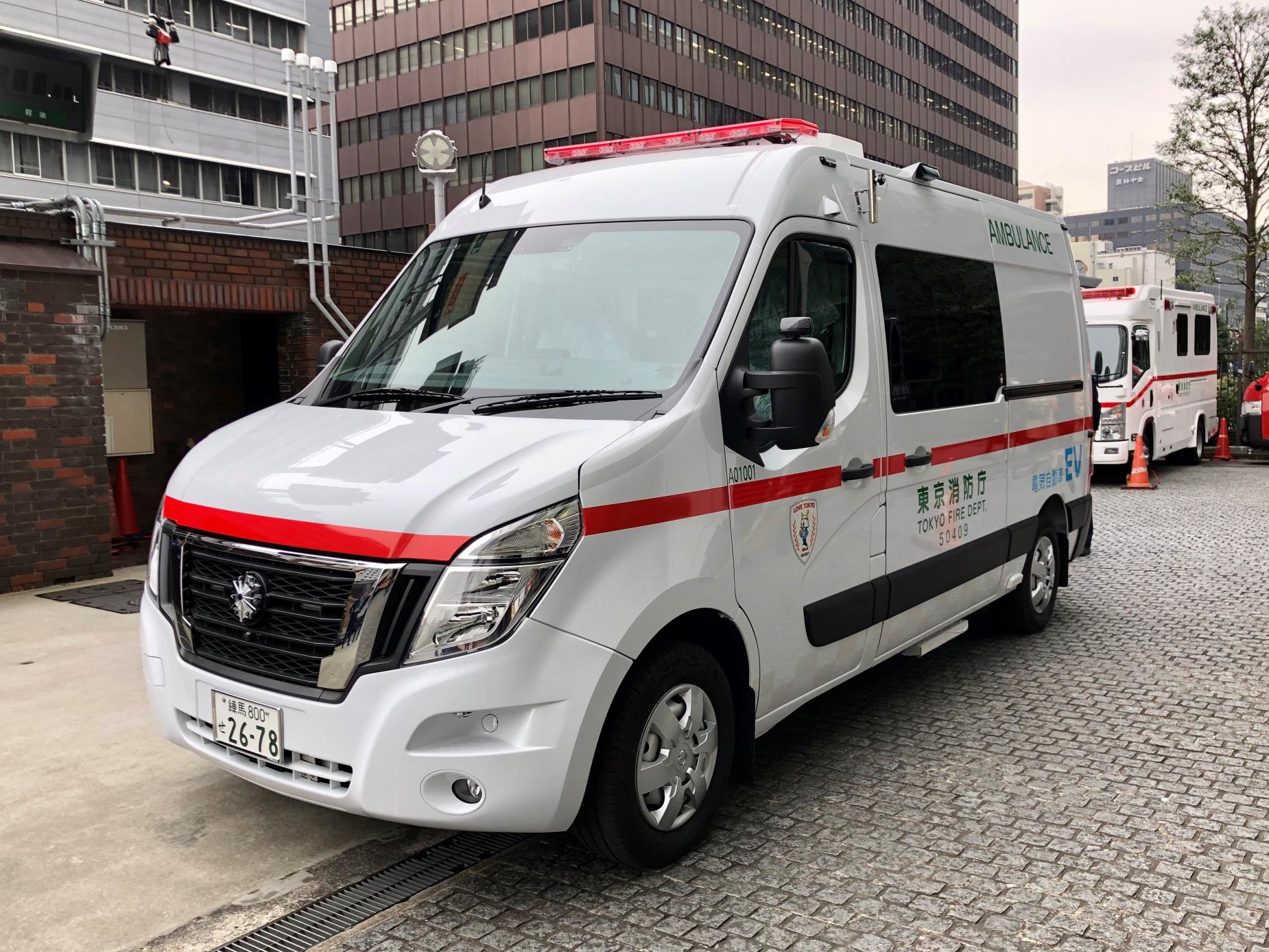Nissan Motor and the Tokyo Fire Department announced a new inclusion to the ambulance fleet of the Ikebukuro branch – Japan’s first Nissan NV400 Zero Emission (EV) Ambulance.
The project came after a strong collaboration between Nissan, the Tokyo Fire Department and the Tokyo Metropolitan Government.
“Nissan strongly believes in sustainable mobility and strives to contribute to a world with zero emissions and zero fatalities,” stated Ashwani Gupta, representative executive officer and chief operation officer at the automaker. “This project is another great example of our efforts to improve accessibility of eco-friendly vehicles to local communities.”
The arrival of the first EV ambulance in the Tokyo Fire Department fleet is part of “Zero Emission Tokyo” initiative of the Tokyo Metropolitan Government.
The Nissan EV Ambulance is geared up with an electric stretcher that allows ease of operations for ambulance staff.
Largely because of its EV powertrain, the noise and vibration levels in the vehicle are significantly lower in comparison with a conventional gasoline-powered vehicle, helping decrease negative impact on patients as well as on staff handling sensitive equipment.
Two lithium-ion battery packs backs its EV capabilities (33 kilowatt-hours) with an extra battery (8 kWh) permitting longer use of electrical equipment and the air- conditioning system. The ambulance can also turn into a mobile source of power in case of a power outage or any other accident.
Much because of its EV nature, the Nissan EV Ambulance is a budget friendly solution from a cost- of-charging and maintenance point of view.
The Nissan EV Ambulance is based on a converted Nissan NV400 presently on sale in Europe.
The bodywork, carried out by Autoworks Kyoto, is compliant with Japanese regulations and created to meet customer needs. The robust and practical ambulance package was made by Gruau, a major European emergency vehicle bodywork company.
The length of the vehicle is 5,548 mm; width: 2,070 mm; height: 2,499 mm Gross vehicle weight: 3.5 tons.
There are seven crew and passengers facility.
EV motor’s max power output is 55 kilowatts; max torque 220 Nm.
Main powertrain: lithium-ion battery, capacity 33 kWh, charging AC200; maximum 7 kw; normal charge (Type 2)
Battery for equipment activation: capacity 8kWh; charging AC100V 1.5 kW


